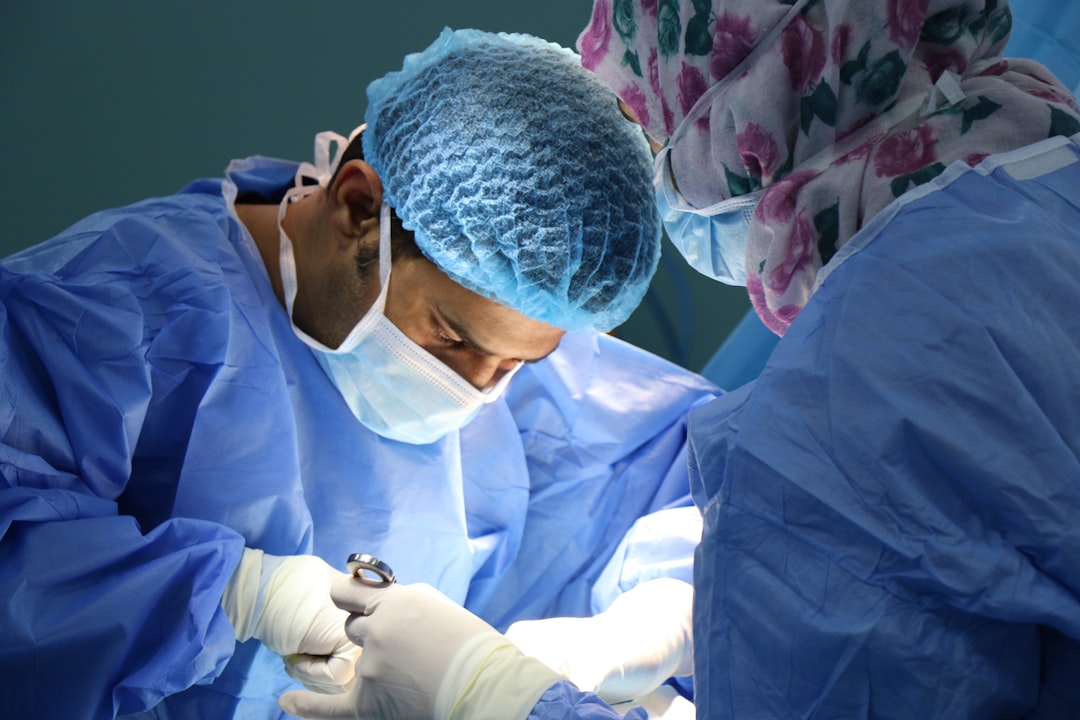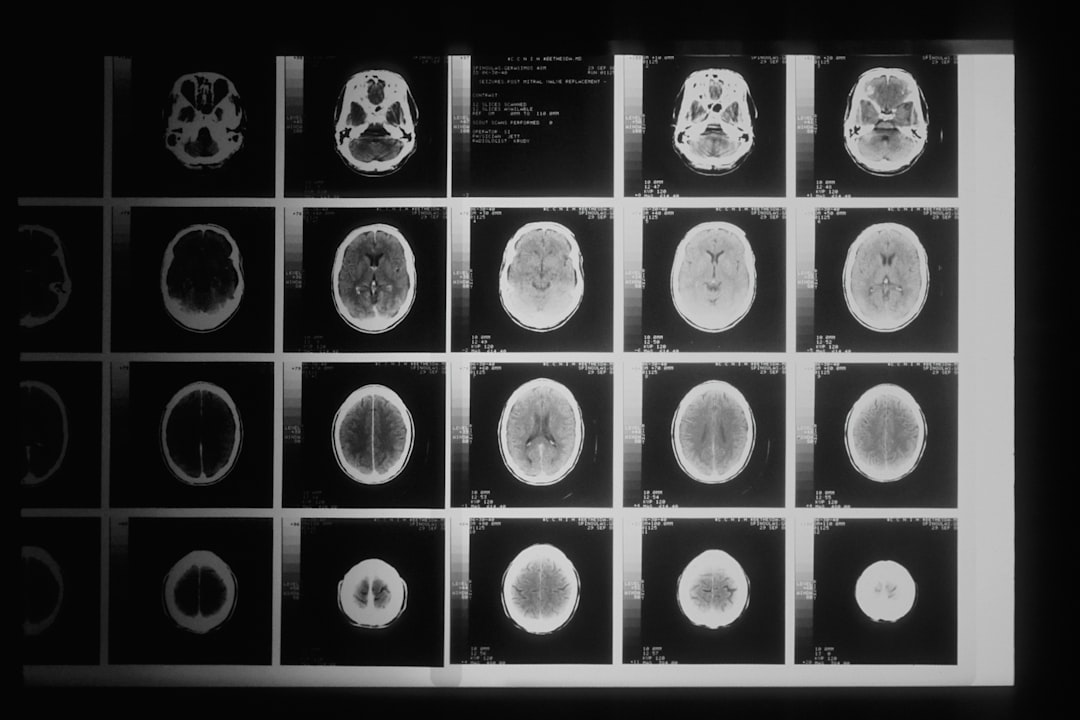What is it about?
Protein crystallography is essential in the understanding of fundamental biological processes and drug design. The process involves characterising hundreds of crystals and collecting optimised data sets, a laborious process performed non-stop over 24 hours. This paper describes a fully automated system that will mount, screen and collect the best possible data from hundreds of crystals without human intervention
Featured Image
Why is it important?
This ground-breaking tool provides European structural biologists with a fully automated service for sample evaluation and data collection from crystals of macromolecules. Scientists feed their experimental requirements into the beamline software while their samples enter a queuing system. The crystals are then located and screened automatically, and the data acquired without any human intervention. The automatic routines developed are often able to locate crystals more effectively than the human eye and in many cases have obtained higher resolution data sets as all positions within a sample can be evaluated for diffraction quality. This system both frees up the time of the scientists - who can focus better on analyzing the collected data - and improves the quality and the quantity of information collected.
Perspectives
Using a fast X-ray based routine, samples are located and centred systematically at the position of highest diffraction signal and important parameters for sample characterisation, such as flux, beam size and crystal volume, are automatically taken into account, ensuring calculation of optimal data collection strategies. As MASSIF1 is fully automatic, data are collected for the first time in a consistent manner allowing the accumulation and comparison of a large amount of information that was previously unknown, including the exact dimensions of crystals and deeper information about their quality.
Dr Matthew W Bowler
European Molecular Biology Laboratory
Read the Original
This page is a summary of: Fully automatic characterization and data collection from crystals of biological macromolecules, Acta Crystallographica Section D Biological Crystallography, July 2015, International Union of Crystallography,
DOI: 10.1107/s1399004715011918.
You can read the full text:
Resources
MASSIF-1 : Rise of the robots transforms MX
MASSIF-1 is a world leading unique facility for the fully automatic, high throughput characterisation and data collection from macromolecular crystals.
MASSIF-1: a beamline dedicated to the fully automatic characterization and data collection from crystals of biological macromolecules
Description of the beamline where the experiments are carried out
Beamline twitter account
Follow the beamline twitter account for automated updates on crystal sizes and volumes for the week and links to updates and tips for using the beamline
The story of MASSIF-1
Short video on how Sanofi-Aventis have used MASSIF-1, a collaborative effort between ESRF and EMBL on the Grenoble Giant Campus
Fully automatic macromolecular crystallography: the impact of MASSIF-1 on the optimum acquisition and quality of data
Review of a year of operation of MASSIF-1 showing the autonomous system can collect better data than humans
RoboDiff
Description of the robotics designed for MASSIF-1
Contributors
The following have contributed to this page










